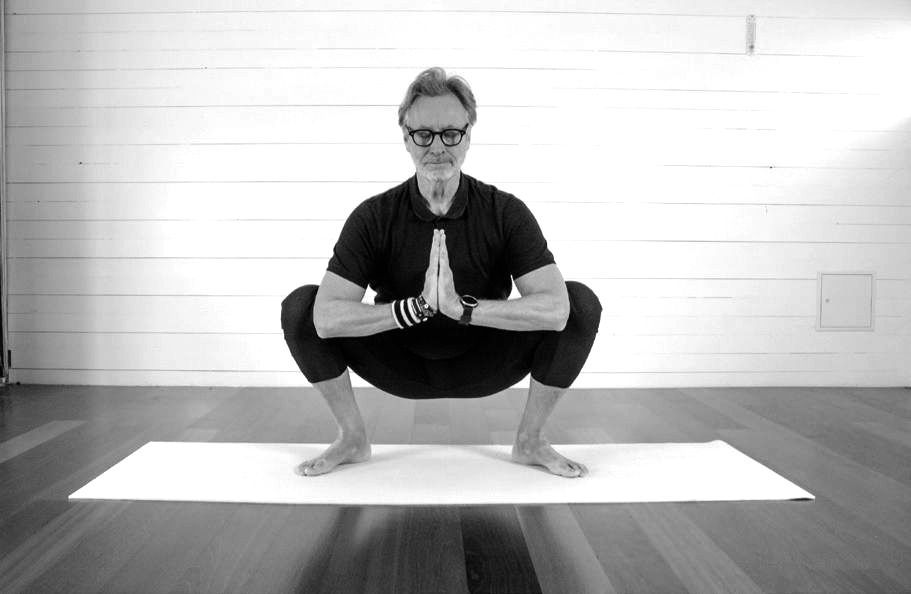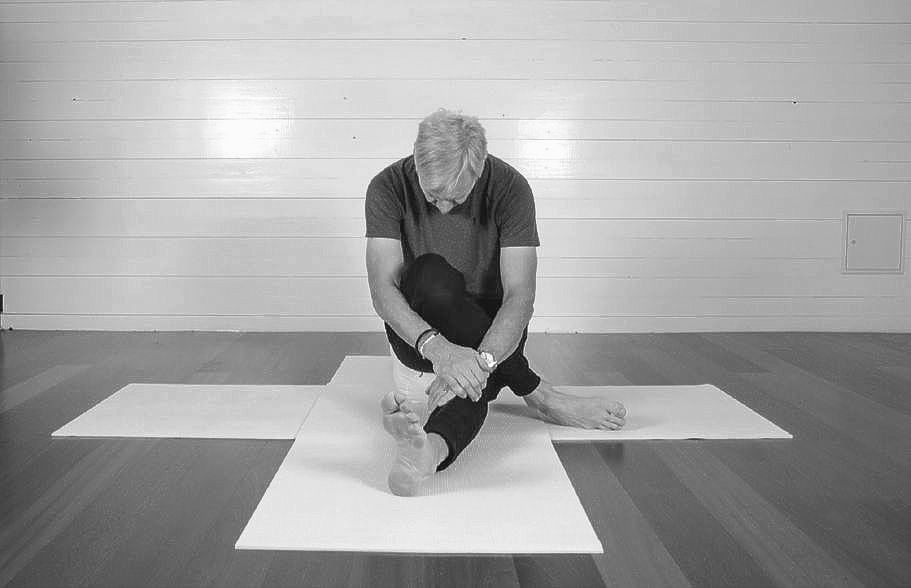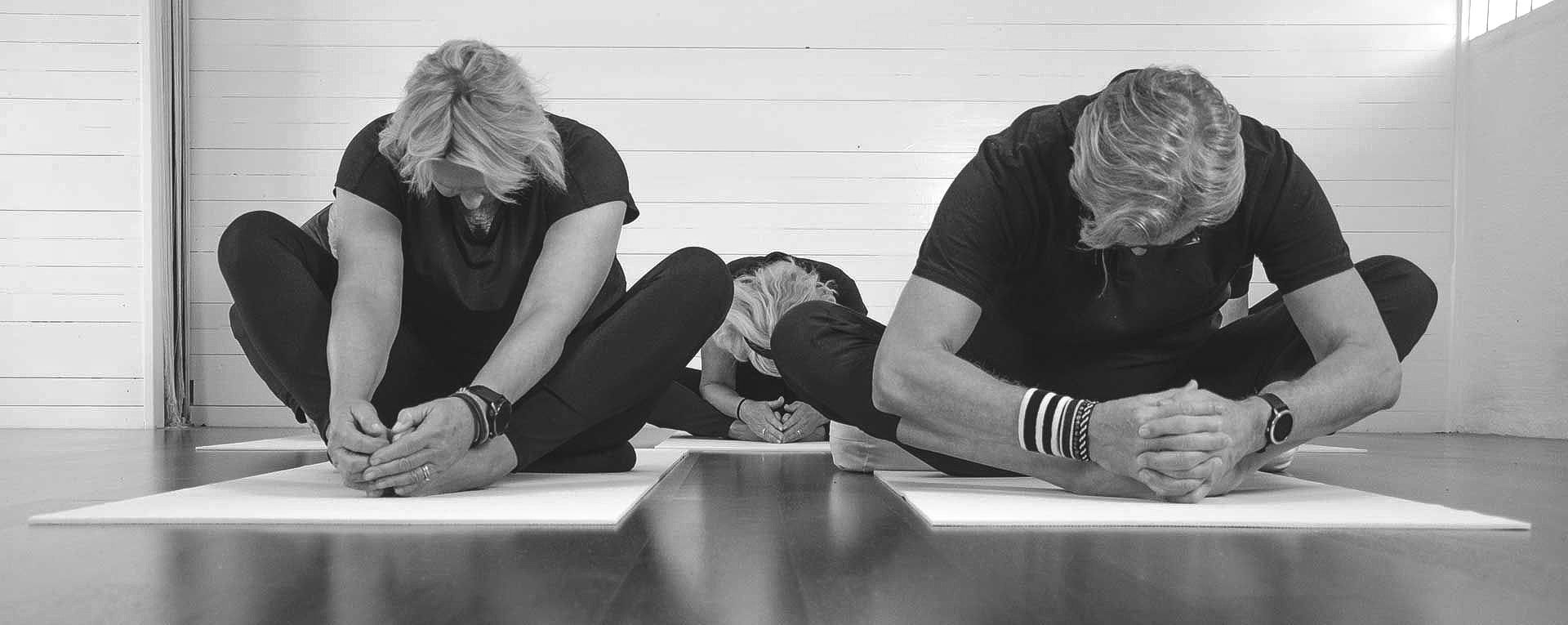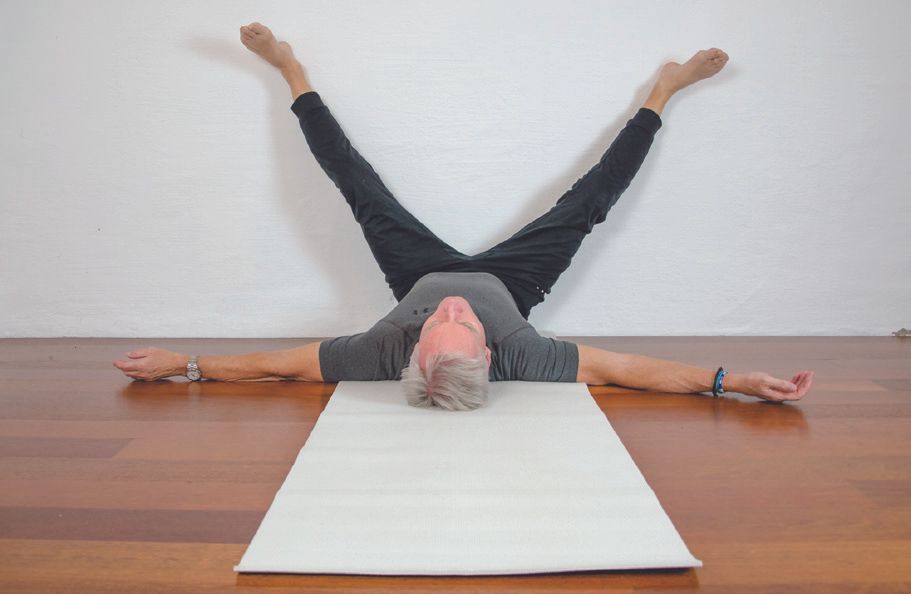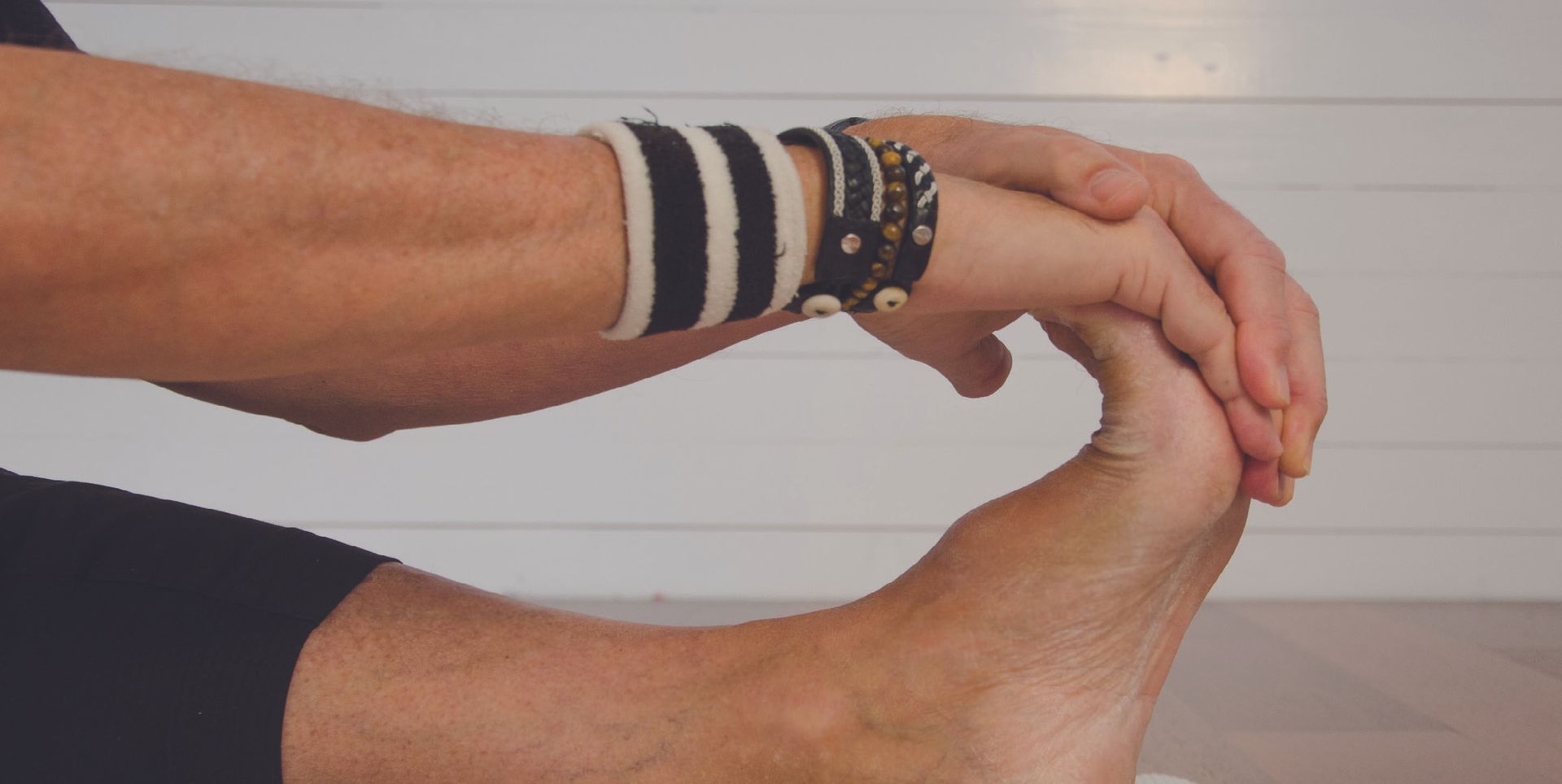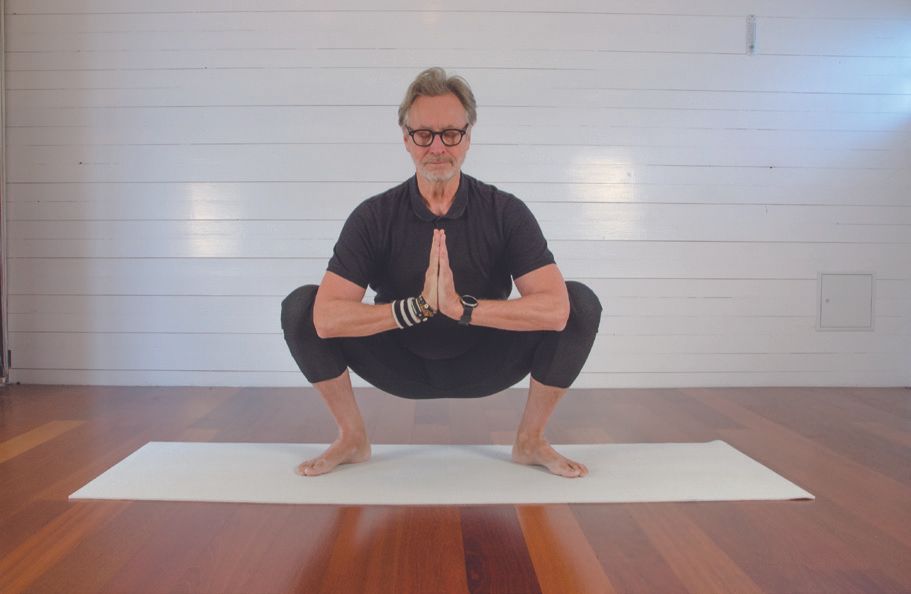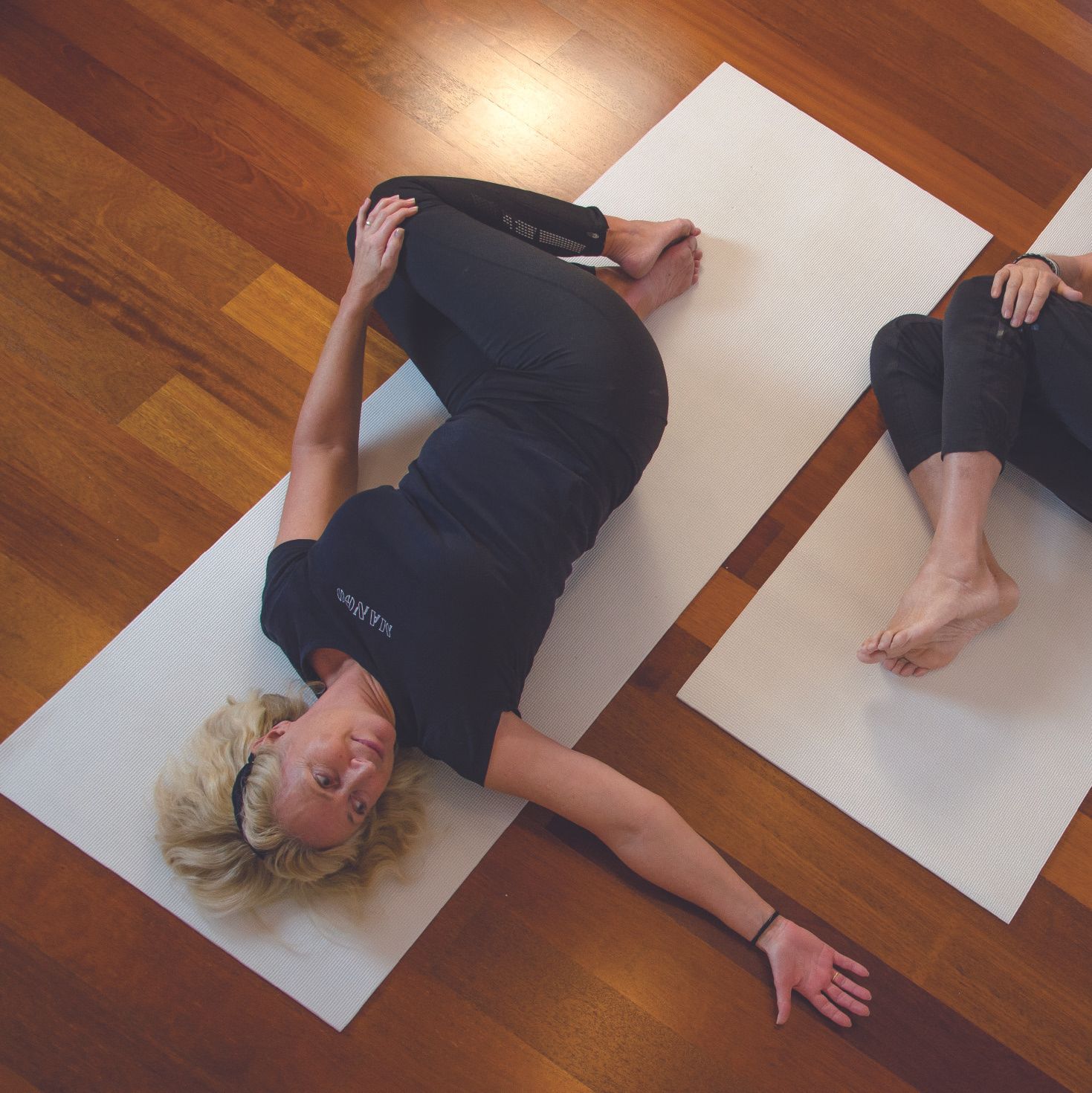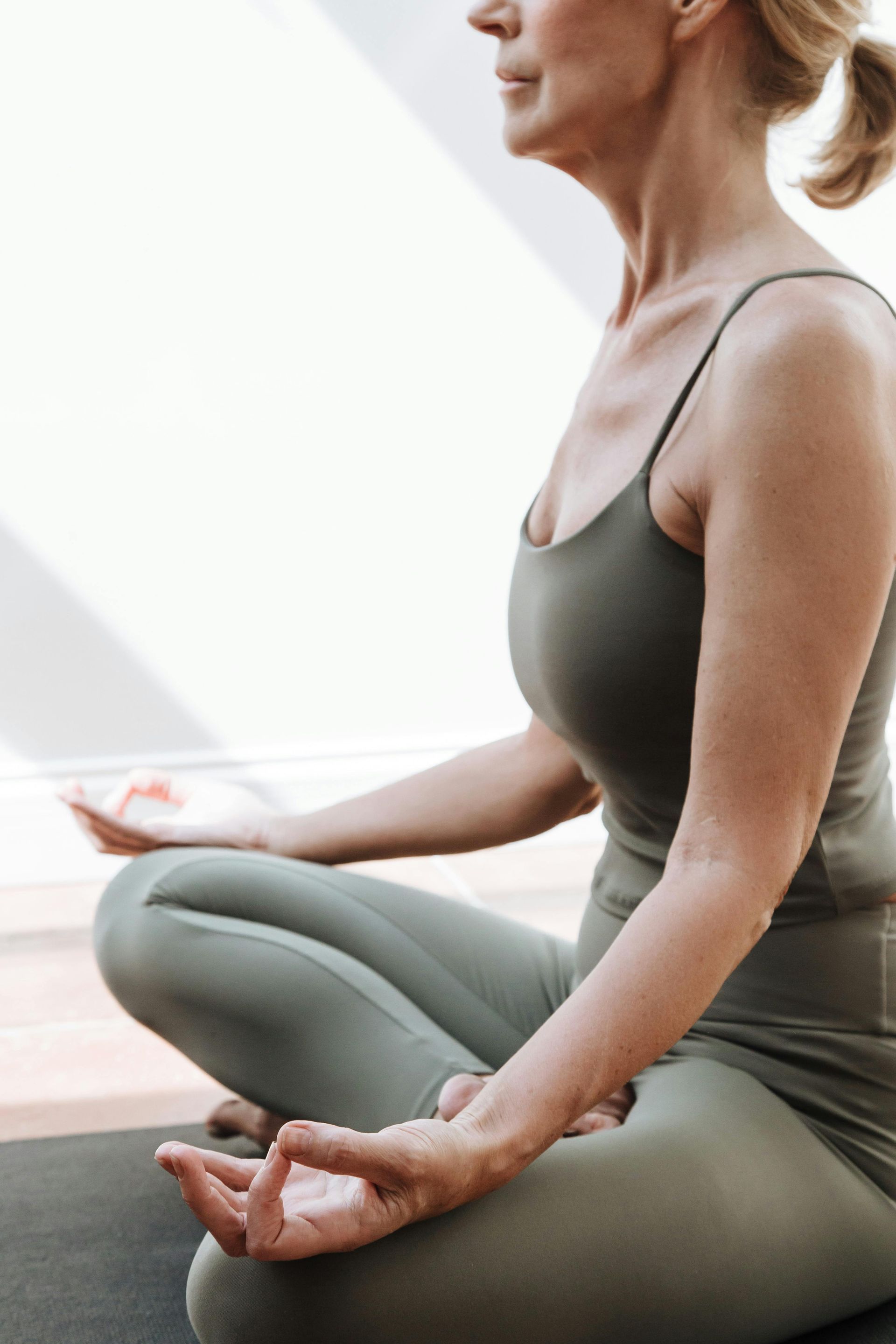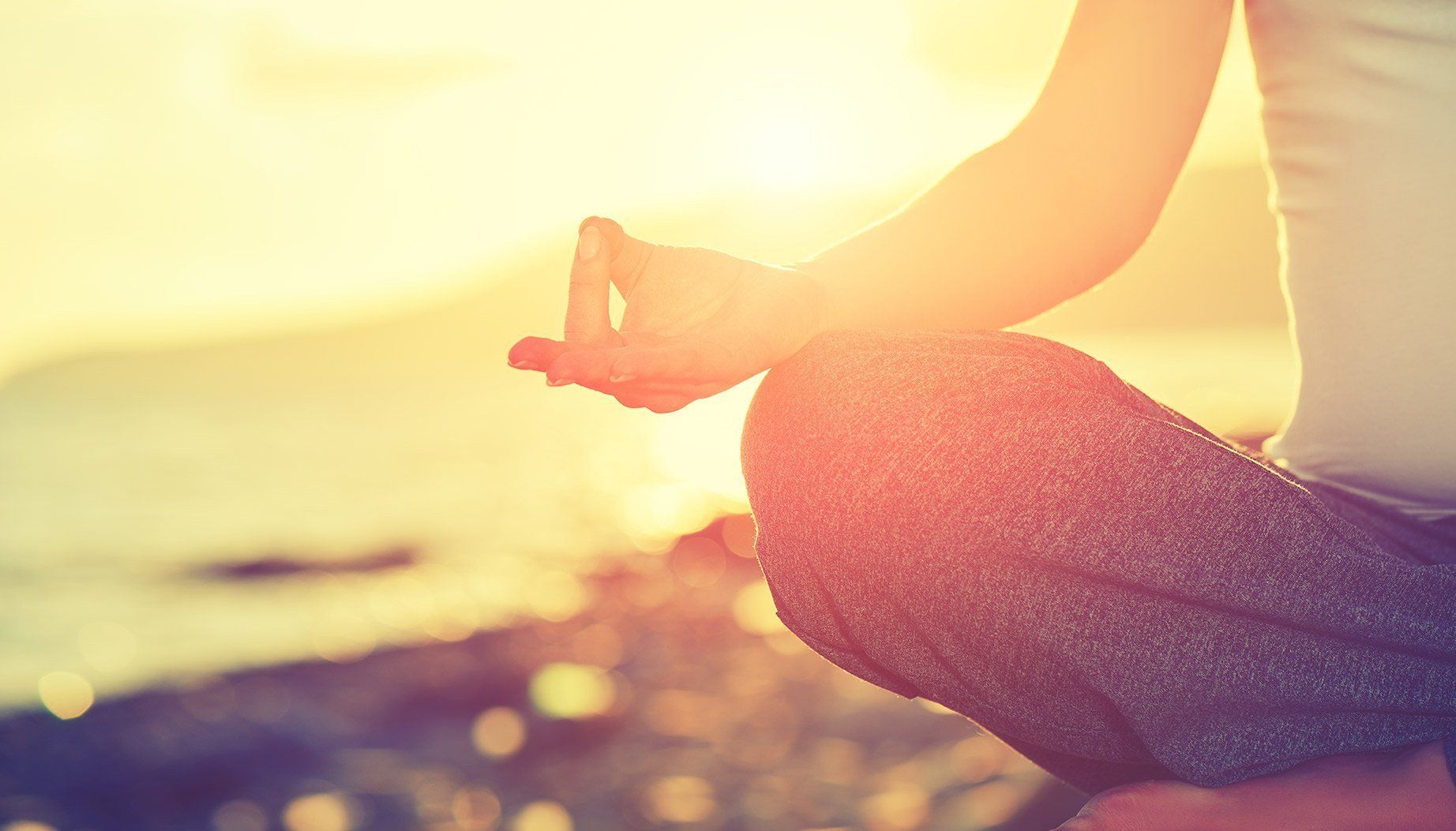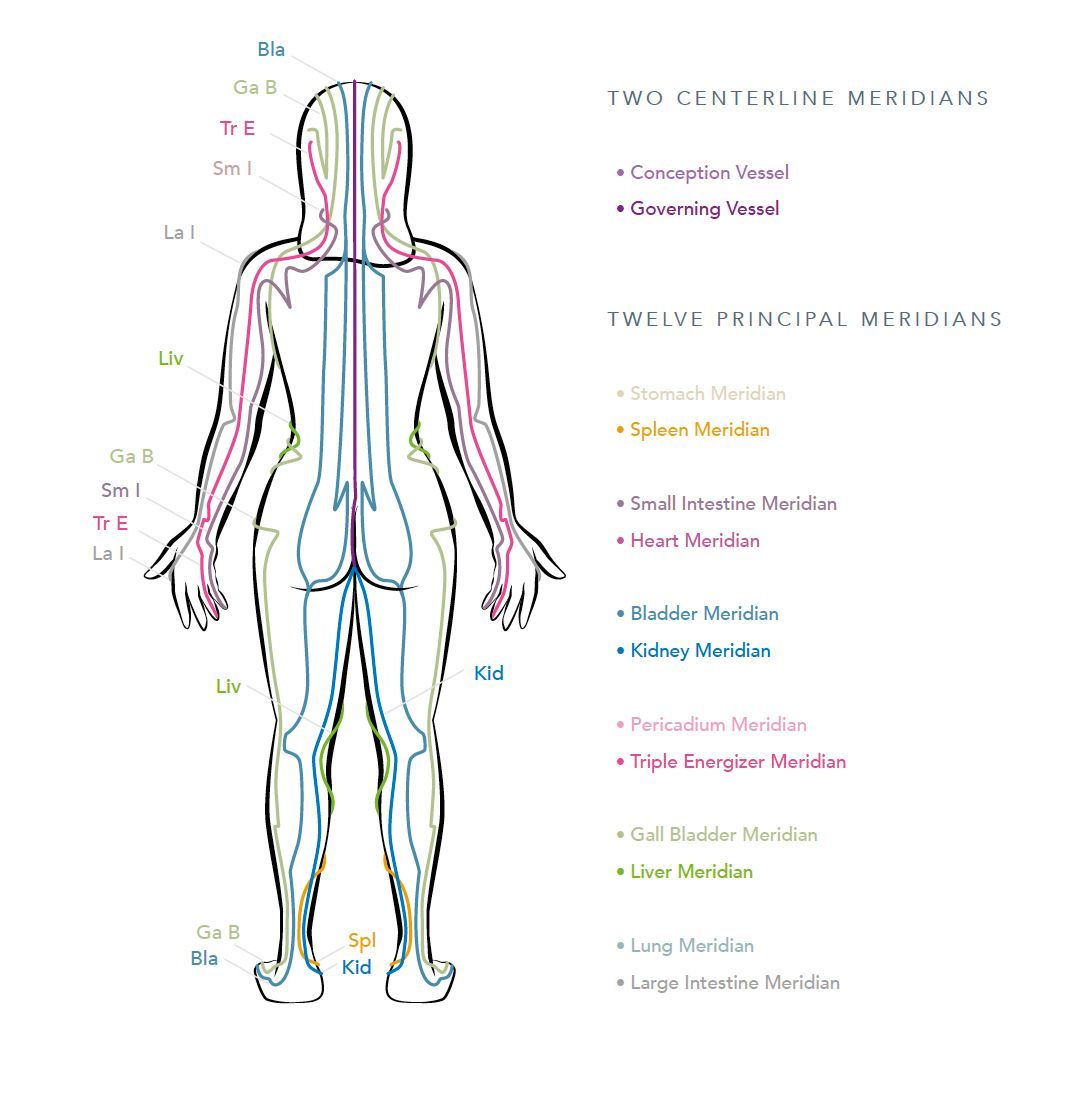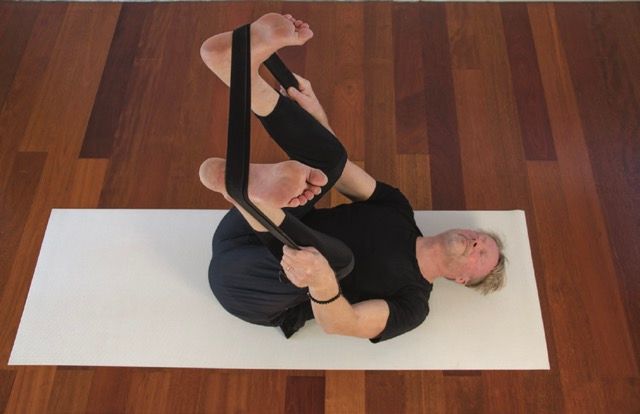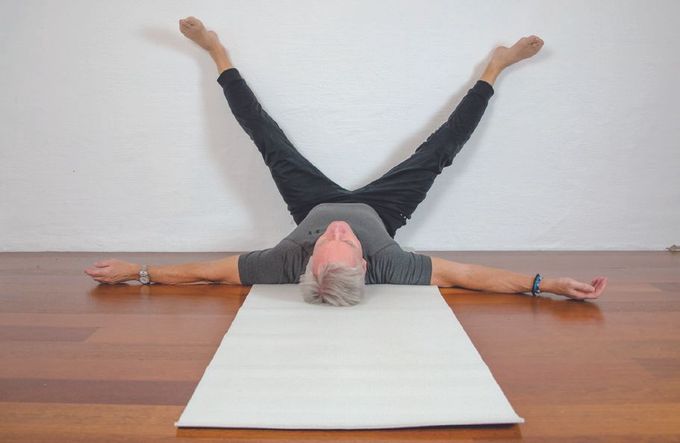Yin Yoga 50+
Restore your body, improve your flexibility
and calm your mind (and maybe your blood pressure!)
What is Yin Yoga?
The history of Yin Yoga
Why Practice Yin Yoga?
Learn about the benefits of Yin Yoga
Get In Touch!
Learn Principles of Yin Yoga
Strike a Pose!
Read why and how to practice Yin Yoga?
Age is Just a Number!
Your chronological age doesn’t have to be your biological age.
We all know that by avoiding smoking, not drinking too much alcohol, eating lots of vegetables, and getting the right exercise, helps.
But maybe we need more? And maybe Yin Yoga is what provides that “more”?
The book, Yin yoga 50+ is written to help people “of an age” to live as full a life as possible and to offset the effects ageing has on our bodies—and even our minds— through practicing yin yoga.
What is Yin Yoga?
A question we are often asked:
Yin yoga is a more passive form of yoga that’s good for our minds as well as our bodies. It gives us greater range of motion while lowering our blood pressure, giving us a greater feeling of well-being.
When we practice yin yoga, we use passive, longer held stretches or poses that allow us to get deeper into our bodies. We target our connective tissues – ligaments, joints, bones, and the fascia.
The result is improved flexibility, better circulation, and less tension.
Yin yoga is nothing new.
It’s just a Western take on ideas about yoga and meditation that have been around for thousands of years.
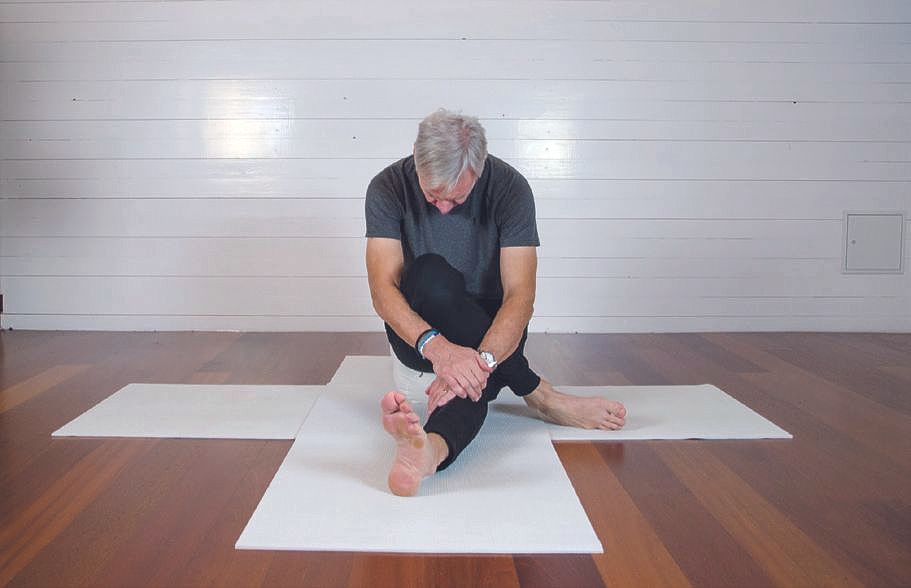
Perfect For Pain Relief.
Is Yin just the tonic?
Lots of fifty+ people I talk to tell the same story. They wake up in the morning feeling stiff, and sometimes in pain. We all know why. As we age, our muscles become tighter and our joints stiffer. Part of the reason is that the body produces less synovial fluid that lubricates our joints. The other is reason simple.
We don’t stretch.
Yoga helps us relieve pain in our joints, stretch our muscles and connective tissues, and even increase the production of synovial fluid. That means less pain, more freedom and a better life. Other research shows it even strengthens your bones
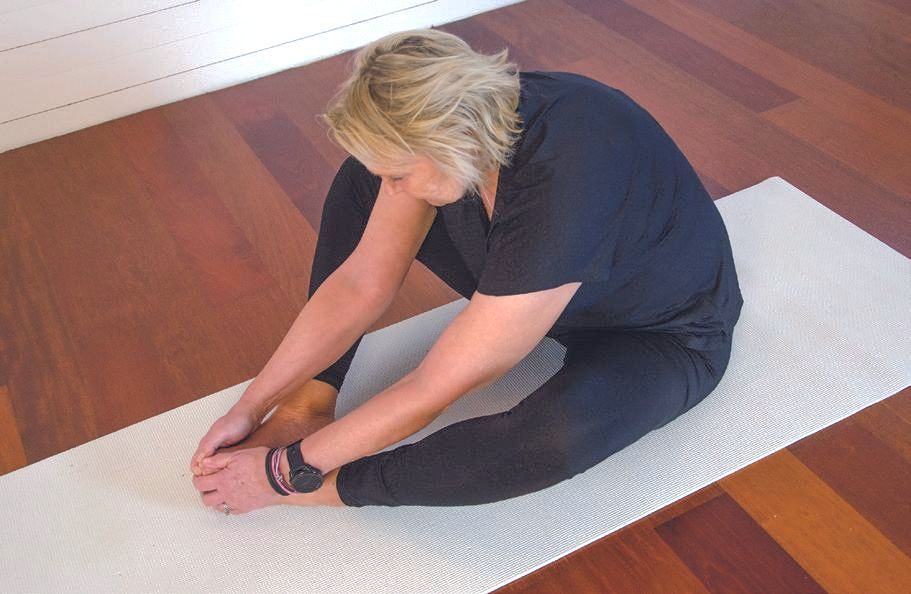
Taking a look at some of
The Benefits of Yin Yoga
From better sleep to better sex and a sharper memory.
Practicing Yin Yoga daily can benefit your life in many ways.
Improves memory
According to The Harvard Medical School, yoga helps improve memory better than brain training. Yin yoga positively impacts the brain parts responsible for processing information and memory.
According to The Harvard Medical School, yoga helps improve memory better than brain training. Yin yoga positively impacts the brain parts responsible for processing information and memory.
Reduces Stress & Anxiety
Acupressure Massage
Stretching and compressing your tissues stimulates the meridian lines. According to Traditional Chinese Medicine (TCM), these are the channels that enable our energy or “Qi” to run through our bodies.
Helps You Sleep
As we age, we become light sleepers. This can increase the risk of depression. The focus on meditation in yin yoga helps you sleep better by increasing melatonin which is responsible for helping us sleep.
As we age, we become light sleepers. This can increase the risk of depression. The focus on meditation in yin yoga helps you sleep better by increasing melatonin which is responsible for helping us sleep.
Calms your Body & Mind
Fix Issues With Your Tissues
As we get older, our joints and connective tissues tend to fuse together. This can be from repetitive jobs, from sports, or even from sitting for long periods. Often this causes pain and limits your mobility.
Boosts Your Sex Drive
Yep. It’s true. Even for people our age. According to a study in the Journal of Sexual Medicine(4), yoga, and to some extent yin yoga, improves sexual
function, particularly in women over 45.
Gives you a flashier fascia
When we hold longer yin yoga poses, we promote elasticity and resilience in our fascia that could be lost through inactivity, strengthening our joints and increasing range of motion.
Flexiblity & Range of Motion
By holding poses for a longer time in yin yoga you can promote a deep release of your connective tissues, encouraging them to stretch.
News & Notices
Got fifteen minutes?
Of course you have. And while a longer yin yoga stretch would do wonders for both your physical and mental wellbeing, just fifteen minutes a day concentrating on a specific area of your body will make a huge difference to how you feel (and probably how you look).
Check out these 15-minute fixes to help you get ready for anything
